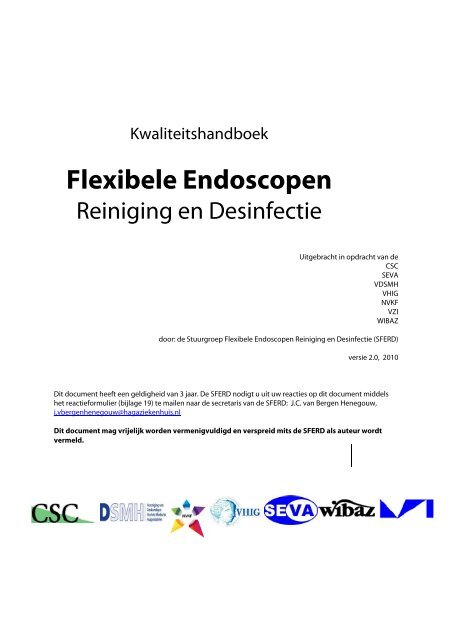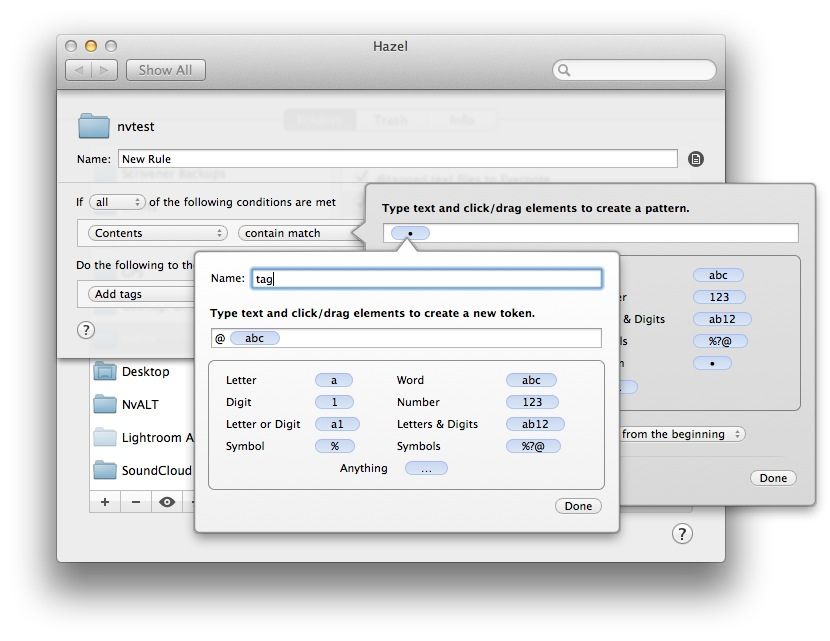

- #NVALT GENERATE UNIQUE ID FROM DATE HOW TO#
- #NVALT GENERATE UNIQUE ID FROM DATE GENERATOR#
- #NVALT GENERATE UNIQUE ID FROM DATE 64 BITS#
On the other hand, using UUID might cause performance issues in some databases. It is a well-known, reliable way of getting unique values. You can find more on this topic in this article.Īnd finally, some databases just do not support UUID as the datatype, so we’ll have to store ID value as varchar or byte array, which may not be great for queries performance and will require some extra encoding on the ORM side.Ĭonclusion: UUID is a good choice for surrogate IDs if we don’t want or cannot use a database for ID generation. It means further delays in the data storage process.

Since most of the index or table data is stored on the disk, the probability of random disk reads increases. It means that when we insert a new record into a table, the RDBMS writes its ID value into a random b-tree node of an index or a table structure. Some RDBMSes store tables or indexes as B-trees.

Therefore, we might double the ID storage consumption. Also, we should remember about foreign keys where we need to duplicate ID values.
#NVALT GENERATE UNIQUE ID FROM DATE 64 BITS#
Extra 64 bits might not look like a significant addition, but it might be a problem when talking about billions of records. UUID is almost the perfect choice for the ID value, but a few things might prevent you from using it.įirst, UUID values consume more storage space compared to 64-bit long IDs. On my computer (Apple M1 max), it took about 500ns per operation, which gives us about two million UUIDs per second.
#NVALT GENERATE UNIQUE ID FROM DATE GENERATOR#
The performance of the random UUID generator in Java is also sufficient for most cases. But if we absolutely need sorting, we can use the UUID subtype – ULID, which stands for “universally unique lexicographically sortable identifier”. UUIDs are not sortable, however sorting data by surrogate ID value is usually not required we should use a business key for that. And knowing this info might lead to a security breach. It means that there might exist a user with ID 99 or 101.

Let’s assume that we develop a web application, and a user sees the following fragment in their browser’s address on login: userId=100. We can move data with primary keys of UUID type between tables or databases, and there will be no problems.
#NVALT GENERATE UNIQUE ID FROM DATE HOW TO#
In this article, we will discuss two fundamental topics for client-generated ID strategy: how to generate a unique ID value and when to assign it. This strategy gives us more flexibility in terms of ID generation algorithm and format and allows batch operations by its nature: ID values are known before they are stored in a DB. Those are the cases where client-based ID generation (or, rather, non-DB-based) comes into a stage. Also, this approach does not work for distributed applications where we can have several DB instances deployed on several data centers in several time zones. This principle might become a challenge: we depend on a particular storage system, so switching to another (e.g., from PostgreSQL to Cassandra) might be a problem. All the ID generation strategies described in the article are based on one fundamental principle: there is a single point that is responsible for generating IDs: a database. In the previous article, we discussed server-generated IDs for JPA entities.


 0 kommentar(er)
0 kommentar(er)
